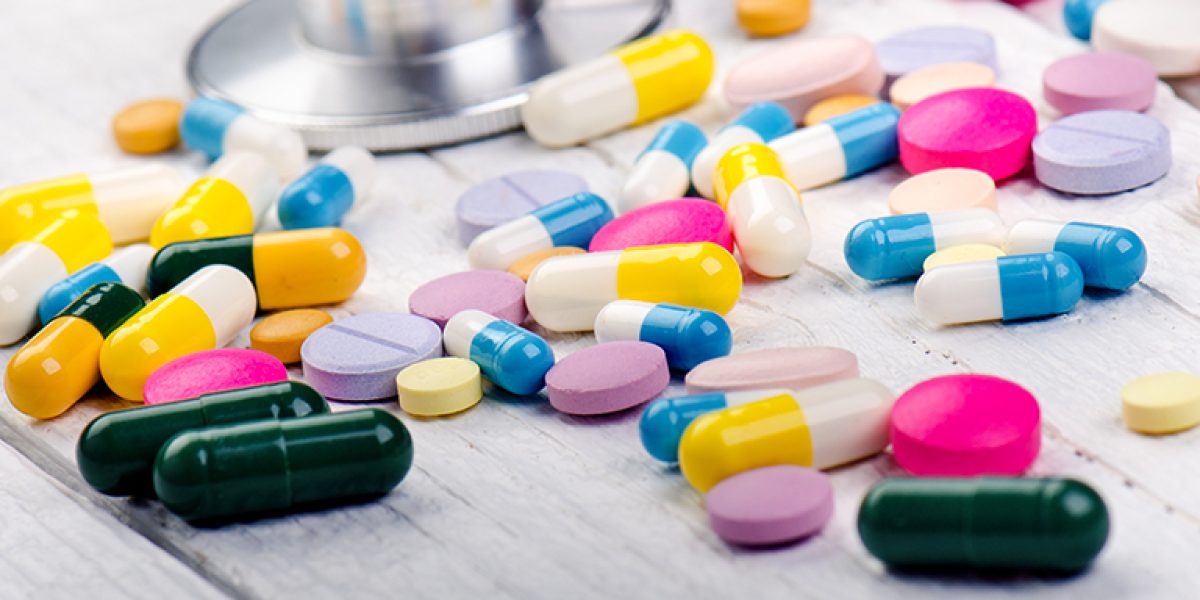Pharmaceutical products play a vital role in healthcare, shaping the way we prevent, diagnose, and treat illnesses. From over-the-counter remedies to groundbreaking biopharmaceuticals, these products address various health concerns and improve the quality of life for millions worldwide. In this article, we’ll explore pharmaceutical product development, their classifications, benefits, challenges, and the future of the industry.
What Are Pharmaceutical Products?
Pharma Product are substances or compounds created to prevent, treat, or manage diseases. They include a wide range of products such as tablets, capsules, injections, ointments, and vaccines. These products undergo rigorous research, testing, and approval processes to ensure safety and efficacy.
Categories of Pharmaceutical Products
Pharmaceuticals are categorized into several types based on their usage, composition, and production methods. Below are the primary categories:
Over-the-Counter (OTC) Products
OTC products are medicines available without a prescription. These include pain relievers, cold medications, and antacids. They are generally considered safe for self-medication when used as directed.
Prescription Medications
These require a healthcare provider’s approval and are used to treat more complex or chronic conditions such as hypertension, diabetes, and mental health disorders.
Biopharmaceuticals
Derived from biological sources like cells or proteins, biopharmaceuticals are highly advanced drugs used to treat diseases like cancer, autoimmune disorders, and genetic conditions.
Vaccines
Vaccines are pharmaceutical products designed to prevent diseases by stimulating the body’s immune response. They have been instrumental in eradicating diseases like smallpox and controlling others like polio.
Herbal and Natural Remedies
Derived from plants and natural sources, these products offer alternative treatments for various conditions. While popular, they often lack the rigorous testing of conventional pharmaceuticals.
The Pharmaceutical Product Development Process
Developing a pharmaceutical product is a complex and time-consuming process that involves several stages:
Research and Discovery
This is the initial phase where researchers identify potential drug candidates. The focus is on understanding disease mechanisms and finding compounds that could effectively address them.
Preclinical Testing
Before human trials, drugs are tested on animals to assess safety, toxicity, and efficacy.
Clinical Trials
Clinical trials involve testing the drug on humans in three phases:
- Phase I: Tests safety and dosage in a small group.
- Phase II: Assesses efficacy and side effects in a larger group.
- Phase III: Confirms effectiveness and monitors adverse reactions in a much larger population.
Regulatory Approval
After successful trials, pharmaceutical companies submit their findings to regulatory bodies like the FDA or EMA for approval.
Manufacturing and Distribution
Once approved, drugs are mass-produced and distributed to pharmacies, hospitals, and clinics.
The Benefits of Pharmaceutical Products
Pharmaceutical products have revolutionized healthcare, offering numerous benefits:
Disease Management and Cure
They help control or eliminate diseases, leading to increased life expectancy and improved quality of life.
Preventive Care
Vaccines and prophylactic medications prevent illnesses, reducing the burden on healthcare systems.
Chronic Disease Treatment
Medications for diabetes, heart disease, and arthritis allow patients to lead normal lives despite chronic conditions.
Innovation and Advancement
Continuous research leads to breakthroughs, such as targeted therapies for cancer and personalized medicine.
Challenges in the Pharmaceutical Industry
Despite its contributions, the pharmaceutical industry faces several challenges:
High Costs of Development
Developing a single drug can cost billions of dollars and take over a decade. This often leads to high prices for consumers.
Regulatory Hurdles
Strict regulations, while necessary for safety, can delay the availability of life-saving drugs.
Counterfeit Medicines
The global market faces a significant threat from counterfeit products, which can harm patients and erode trust in legitimate drugs.
Accessibility and Affordability
Many people, especially in low-income countries, lack access to essential medications due to high costs or limited distribution.
Ethical Concerns
Issues such as clinical trial transparency, animal testing, and profit-driven motives sometimes tarnish the industry’s reputation.
Future Trends in Pharmaceutical Products
The pharmaceutical industry is evolving rapidly, with innovations poised to address current challenges:
Personalized Medicine
Advances in genomics and biotechnology enable the development of tailored treatments based on an individual’s genetic profile.
Artificial Intelligence (AI) in Drug Development
AI accelerates drug discovery and improves the efficiency of clinical trials.
Biosimilars
These are cost-effective alternatives to biopharmaceuticals, increasing access to advanced treatments.
Sustainability
Pharmaceutical companies are adopting eco-friendly practices in production and packaging.
Telemedicine Integration
Medications are increasingly being prescribed and delivered through telemedicine platforms, enhancing convenience for patients.
Conclusion
Pharmaceutical products are a cornerstone of modern medicine, offering solutions to a wide range of health challenges. While the industry faces obstacles like high costs and regulatory complexities, innovations such as personalized medicine and AI-driven research promise a bright future. By addressing accessibility and affordability issues, the industry can ensure that its benefits reach everyone, contributing to global health and well-being.
Understanding the journey of pharmaceutical products from research to your medicine cabinet underscores the immense effort invested in improving lives, one dose at a time.












